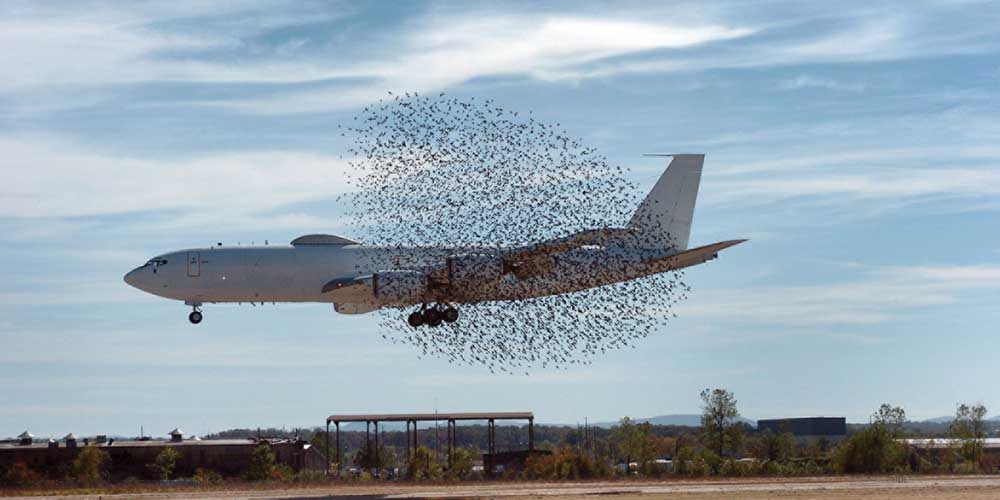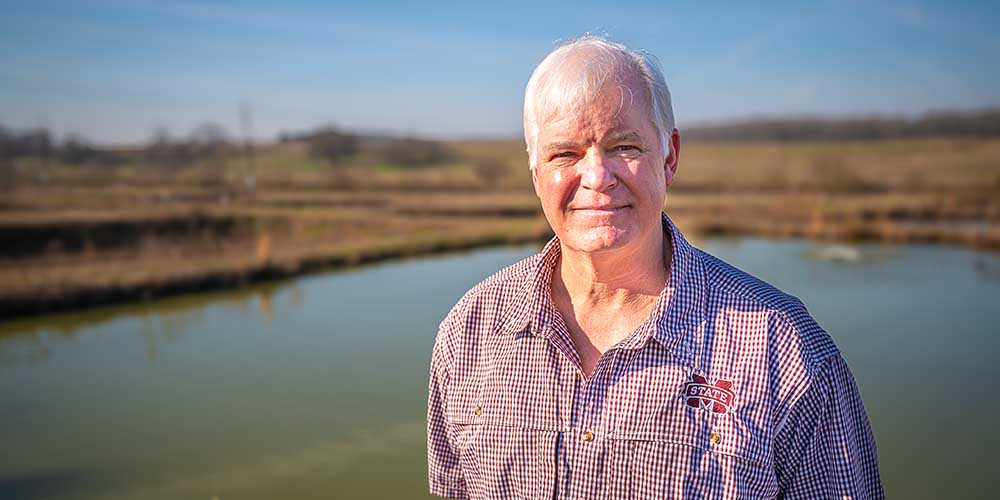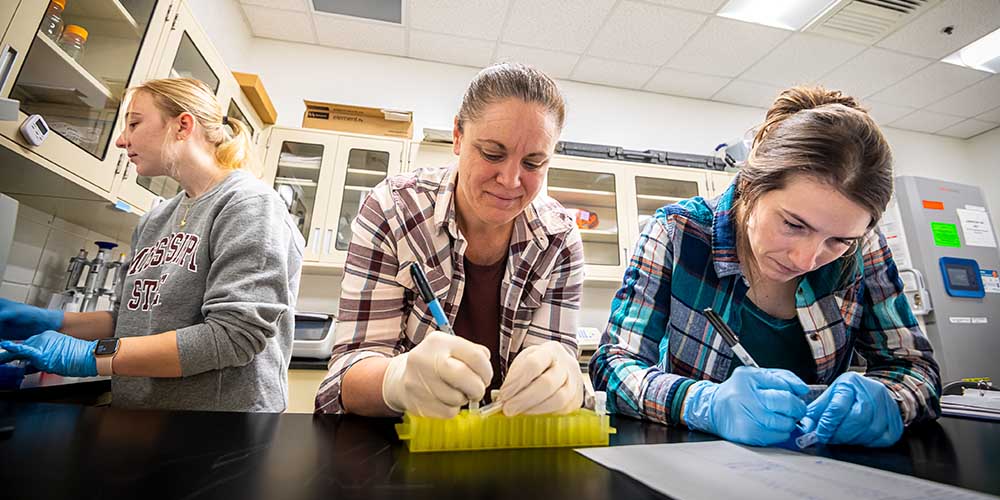Related Stories
Interactions Stories

A Safe Landing
Wildlife can be major hazards to aircraft, as demonstrated by the flock of Canada geese which caused the 2009 headline-grabbing landing of a commercial aircraft in the Hudson Bay. While airline passengers are usually blissfully unaware of these hazards, a team of FWRC scientists led by Dr. Ray Iglay, assistant research professor in the wildlife, fisheries and aquaculture department, is working to understand and mitigate them. The team planted switchgrass on plots at six airports in different regions of the United States with the idea that tall grass, as opposed to mown grass, would deter large birds and mammals from using the land. The scientists found that there was little difference in the top three “highest-hazard" birds’ usage of the switchgrass and mown plots. However, they were hopeful that those differences would become more significant as the switchgrass became more established.
2017

What's for Dinner?
Southern aquaculture, especially catfish farming in Mississippi, faces significant challenges from migratory waterbirds, particularly the double-crested cormorant. These birds, attracted by the dense fish populations in aquaculture ponds, cause millions of dollars in losses each year. A study by Dr. Brian Davis and his team found that cormorants consume up to $12 million in catfish annually, and when factoring in bird deterrent costs, the total financial impact is around $64.7 million per year. While various methods, like disrupting bird roosts, have been tried, there is no perfect solution. Research is ongoing, with new methods, such as drones, being explored.
Additionally, a study on scaup ducks found that their impact on fish farms varies with the season, suggesting farmers should focus on bird management during colder months when ducks are more likely to consume fish. Davis emphasizes the need for continuous research and evolving management practices to address these conflicts as the aquaculture industry grows.
2023

Monitoring Resistance
Dr. Dana Morin, a wildlife assistant professor at Mississippi State, is studying the role of wildlife in the spread of antimicrobial resistance (AMR), which makes infections harder to treat. AMR can be transmitted through bacteria, fungi, and other pathogens that evolve resistance to medications. Morin is focusing on how species like black bears, deer, and ducks, with their diverse ecologies and interactions with humans, could spread AMR. She collaborates with Dr. John Brooks from the USDA to analyze bacterial cultures and DNA from animal fecal samples, investigating genes linked to AMR. Additionally, Morin is exploring the use of dung beetles as a cost-effective method for identifying AMR hotspots in the environment.
Her research aims to understand how wildlife movements and human interactions contribute to the spread of AMR, ultimately helping predict and prevent its transmission.